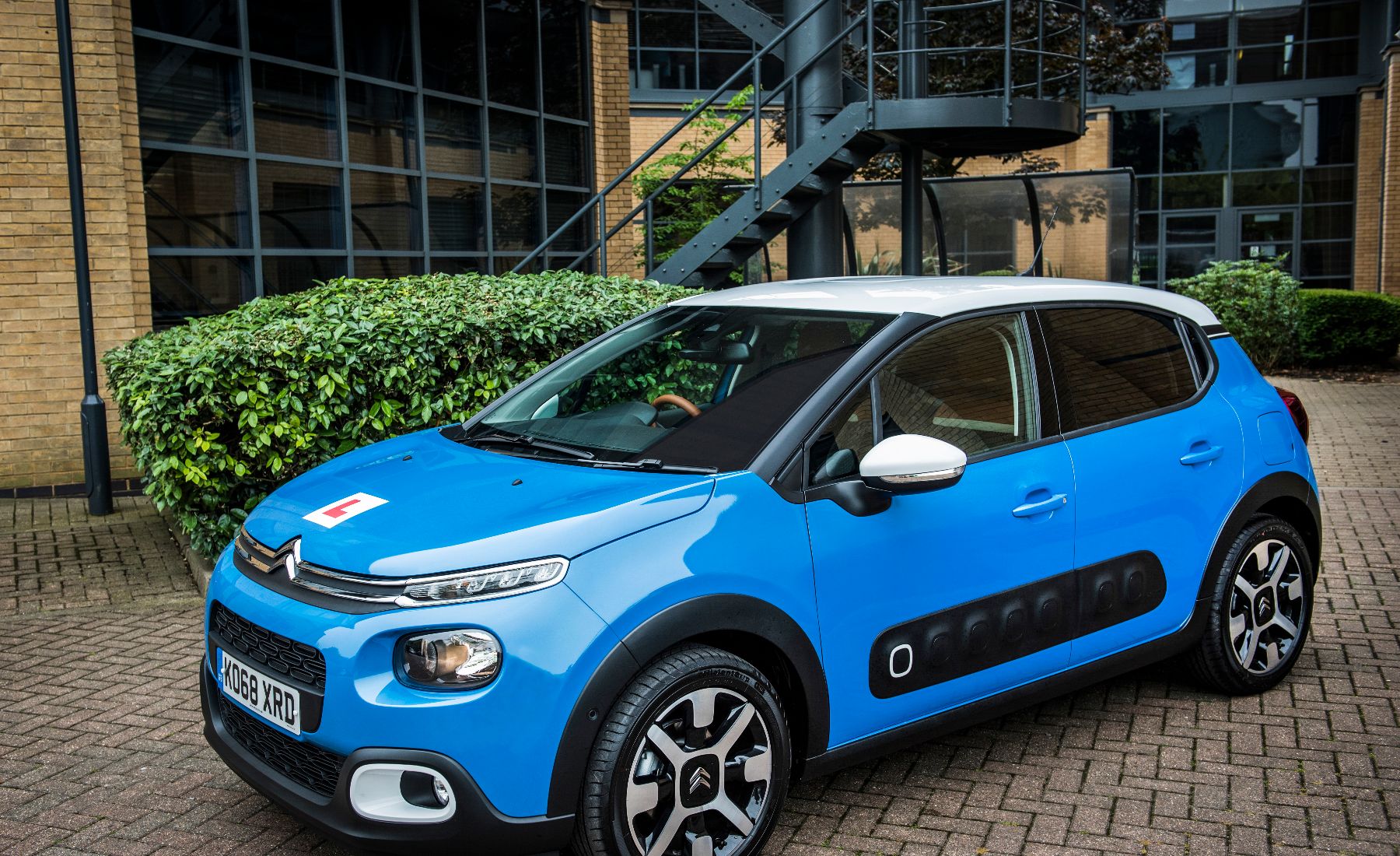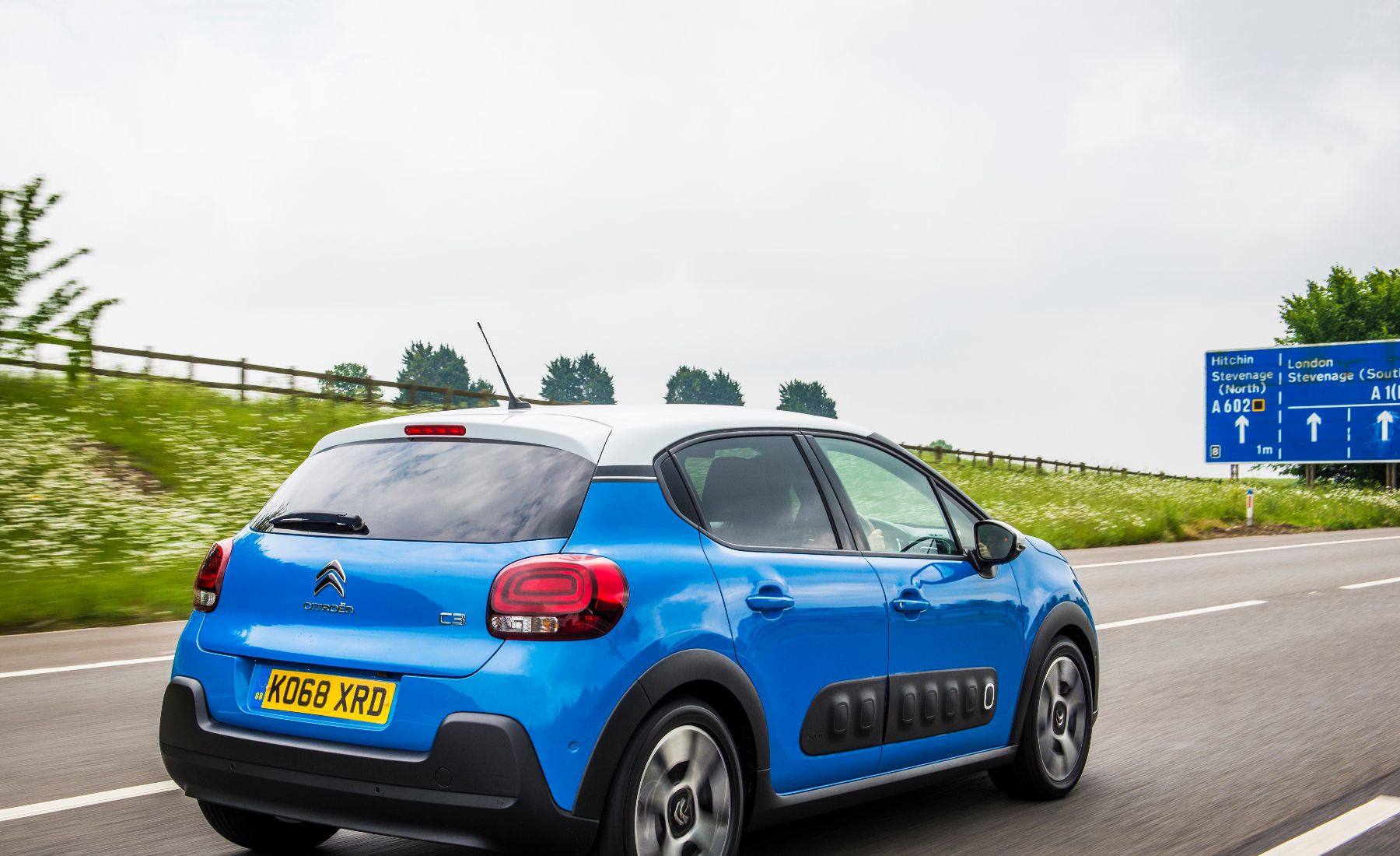
The pass rates for the driving test in the UK have hit a 10-year low, with just 45.5 percent of candidates achieving a pass since December 2017. This follows changes to the examination made last year to make it more challenging.
The new test procedures were implemented to better replicate the rigours of real-world driving. They included increasing the independent driving section to 20 minutes, with the addition of having to follow sat-nav directions.
Reversing manoeuvres have been altered – reverse around the corner and turn-in-the-road have gone. Candidates also have to answer two vehicle safety questions while on their test drive.
- What do you wish learner drivers were better at?
Regardless, UK drivers appear to be in support of these updates and further changes going forward.
“Research from around the world shows that getting as much experience of driving in as wide a range of traffic conditions as possible will make you a safer driver in the long run” said Neil Greig, IAM RoadSmart Director of Policy and Research.
“Learning to drive is an investment in your future so it’s not worth rushing it. Once you have passed your test you will still need to perfect your observation, anticipation and planning skills to ensure you survive on our increasingly congested roads.”

The Citroen C3 recently won the 2018 FirstCar ‘Driving Instructor Car of the Year’ award. The marque is offering some tips for prospective drivers, who are looking to face the toughest driving test yet:
Top tips for passing the driving test
- Make sure you’ve had enough lessons and plenty of practice, your worst drive should be good enough to pass the test – not just your best.
- Choose where you want to take your test, the route should reflect the type of driving you will be doing after passing. If you will be driving in town after passing, make sure you have a thorough grounding.
- Pick a good time for your lessons to ensure it replicates your test experience. A lesson every Sunday morning may not give the challenge of driving in traffic that a test on a Monday morning is going to present.
- Be thorough checking mirrors and develop an ordered observation strategy. You will be required to stop and move away throughout the test and it may be that there is never an issue for you to deal with, so the examiner needs to be confident that you look properly every time.
- Be confident with the technology in your car and use it to your advantage. Make sure you have followed the instructions from a sat-nav and know when you can follow the directions safely.
- Be prepared to ask the examiner to repeat their directions. It is not a memory test and it is better to be safe and confident than unsure.
Read more:
- New Kia e-Niro electric car prices and specs revealed
- British drivers willing to break the law to bring home a Christmas tree
- Audi e-tron confirmed for early 2019 UK launch